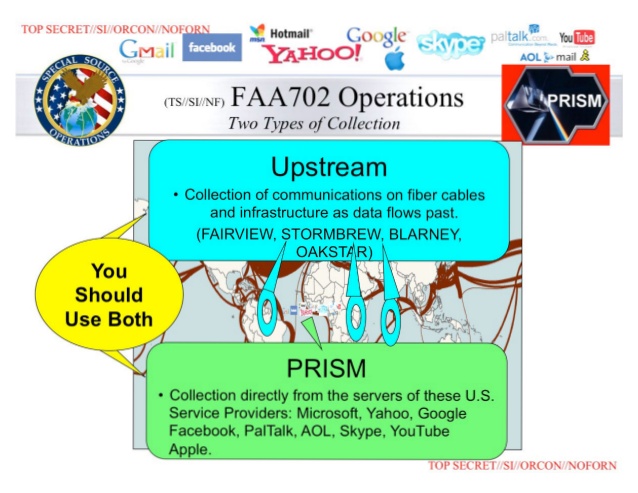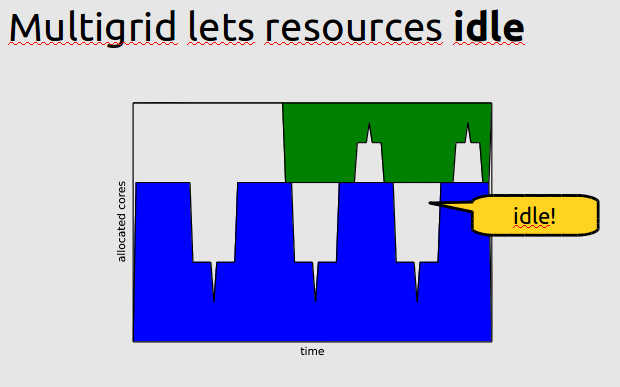The classical structure for papers in math is theorem proof theorem proof ... I came to like this structure for slides as well. Here is how it works.
When developing slides, you want each slide to be meaningful. It should make one single point in the most simple and powerful way possible. It should appeal on an emotional as well as on the intellectual level. Do you know which "art" form does this very well?

Those annoying memes kids plaster all over the internet these days. They work really well in communicating a single message. Why are they so viral? Because they are self contained. You can take a picture, make a photo with your phone, print it, scan it again, embed it into a Word document, and it still gets the joke across. This is how a single slide should be.
Presentations are usually a little bit more technical and have more content than joke memes. This is where the theorem-proof rhythm becomes relevant, because that is the core structure. You want to make a statement (theorem) and then back it up (proof) with evidence, persuasion, confirmation, etc. So when designing a slide, first make the statement as obvious and clear as possible. Then also add everything to proof it. Usually "everything" does not fit onto one slide. Instead you can reference previous slides and this is what holds all your slides together. Those references are not necessarily visible on the slide, because you might provide them verbally in the talk.
If a theorem-proof-slide is taken out of context, it still communicates the statement clearly. Just the proof might not be as convincing.
This style is great if you want to reuse slides. You can easily reorder and remix slides. Just check that your references are still in line.
It also works well with Powerpoint. Write the statement as the title and put the proof in the box below. This also highlights how this style is unique. Most slide titles are not statements, which can be argued about, but names like the "FAA702 Operations Two Types of Collection" below.

Instead, a statement title would be "You can use Upstream + PRISM". The content of the example slide does not provide any proof for such a statement, though.
For a positive example, I can provide some slides of mine. They are an export from LibreOffice, so animations and videos are lost in the pdf. To really understand the content, you better read the paper. Here is an example slide:

The statement is written clearly in big letters. The proof consists of a simple diagram of resource usage. A speech bubble highlights were idling occurs. Of course, the meaning of "Multigrid" is missing and also what resources this is about.
These Theorem-Proof slides even work well as thumbnails. This combines great with a miniature summary.